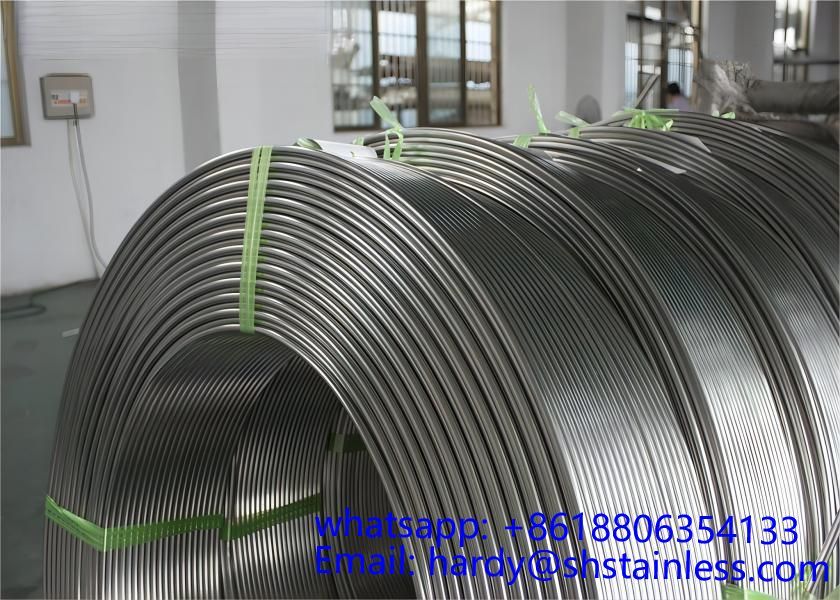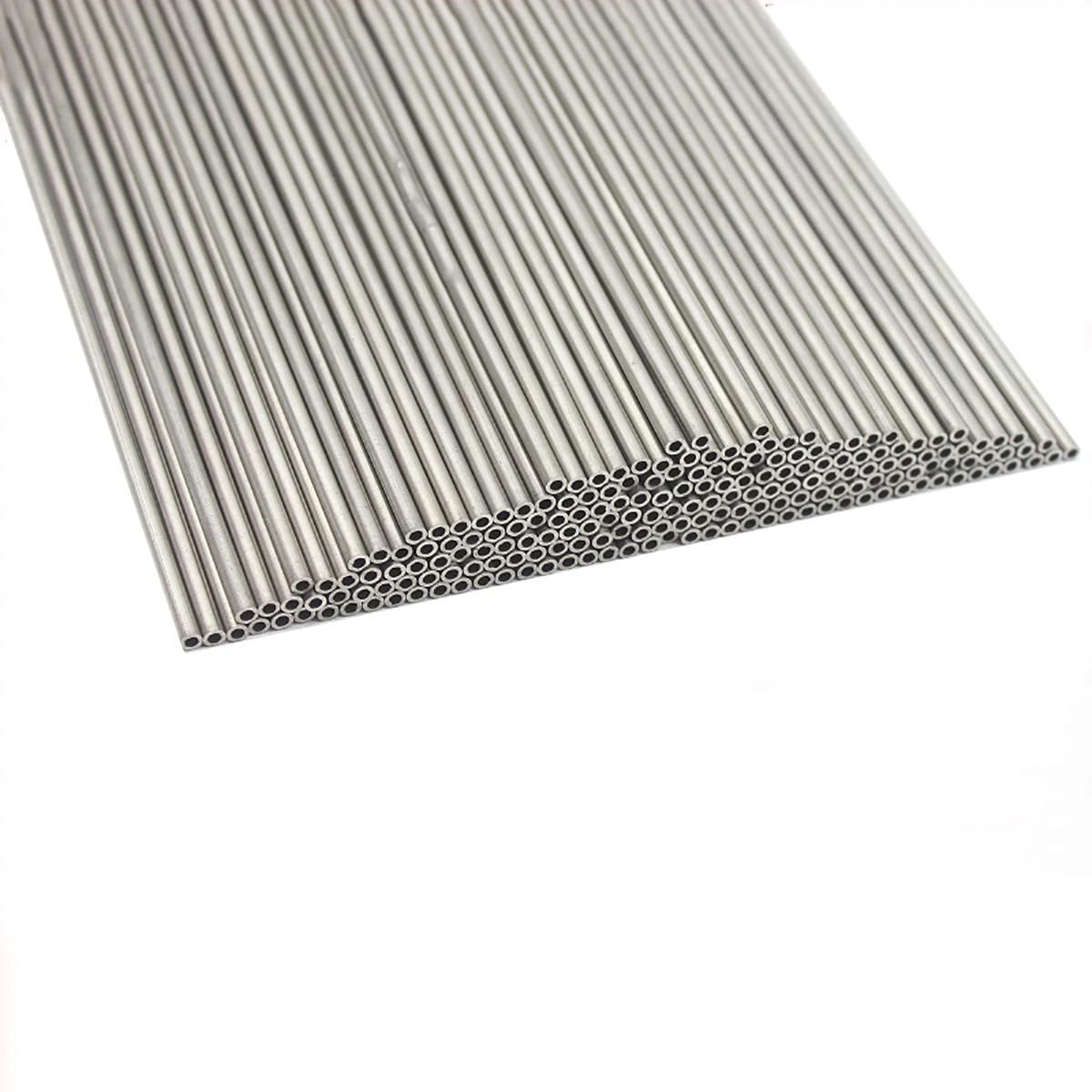316L stainless steel 6.35*1.24mm coiled tubing
316L Stainless Steel
Composition, Characteristics and Applications
To understand 316L stainless steel, one must first understand 316 stainless steel.
316L stainless steel 6.35*1.24mm coiled tubing
316 is an austenitic chromium-nickel stainless steel that possesses between two and 3% molybdenum. The molybdenum content improves corrosion resistance, increases resistance to pitting in chloride ion solutions, and improves strength at high temperatures.
316L stainless steel 6.35*1.24mm coiled tubing
What is 316L Stainless Steel?
316L is the low carbon grade of 316. This grade is immune from sensitization (grain boundary carbide precipitation). It is regularly used in heavy gauge welded components (roughly over 6mm). There is no notable price difference between 316 and 316L stainless steel.
316L stainless steel 6.35*1.24mm coiled tubing
316L stainless steel offers higher creep, stress to rupture and tensile strength at elevated temperatures than chromium-nickel austenitic stainless steels.
Alloy Designations
The “L” designation simply means “less carbon.” 316L contains less carbon than 316.
Common designations are the L, F, N, and H. The austenitic structure of these grades provide excellent toughness, even at cryogenic temperatures.
316L stainless steel 6.35*1.24mm coiled tubing
304 vs. 316 Stainless Steel
Unlike 304 steel – the most popular stainless steel – 316 possesses improved resistance to corrosion from chloride and other acids. This makes it useful for outdoor applications in marine environments or applications that risk potential exposure to chloride.
Both 316 and 316L exhibit better corrosion resistance and strength at elevated temperatures than their 304 counterpart – particularly when it comes to pitting and crevice corrosion in chloride environments.
316L stainless steel 6.35*1.24mm coiled tubing
316 vs. 316L Stainless Steel
316 stainless steel contains more carbon than 316L. 316 stainless steel possesses a mid-range level of carbon and contains between 2% and 3% molybdenum, which provides resistance to corrosion, acidic elements, and high temperatures.
316L stainless steel 6.35*1.24mm coiled tubing
To qualify as 316L stainless steel, the amount of carbon must be low – specifically, it cannot exceed 0.03%. The lower carbon levels result in 316L being softer than 316.
Despite the difference in carbon content, 316L is very similar to 316 in almost every way.
Both stainless steels are very malleable, useful when forming the shapes necessary for any project without breaking or even cracking, and possess high resistance to corrosion and high tensile strength.
316L stainless steel 6.35*1.24mm coiled tubing
Cost between the two types is comparable. Both provide good durability, corrosion-resistance, and are favorable options in high-stress applications.
316L is considered ideal for a project that requires a substantial welding. 316, on the other hand, is less corrosion-resistant within the weld (weld decay) than 316L. That said, annealing 316 is a workaround for resisting weld decay.
316L is great for high-temperature, high-corrosion uses, which attributes to its popularity in construction and marine projects.
Both 316 and 316L possess excellent malleability, performing well in bending, stretching, deep drawing, and spinning. However, 316 is a more rigid steel with higher tensile strength and ductility compared to 316L.








